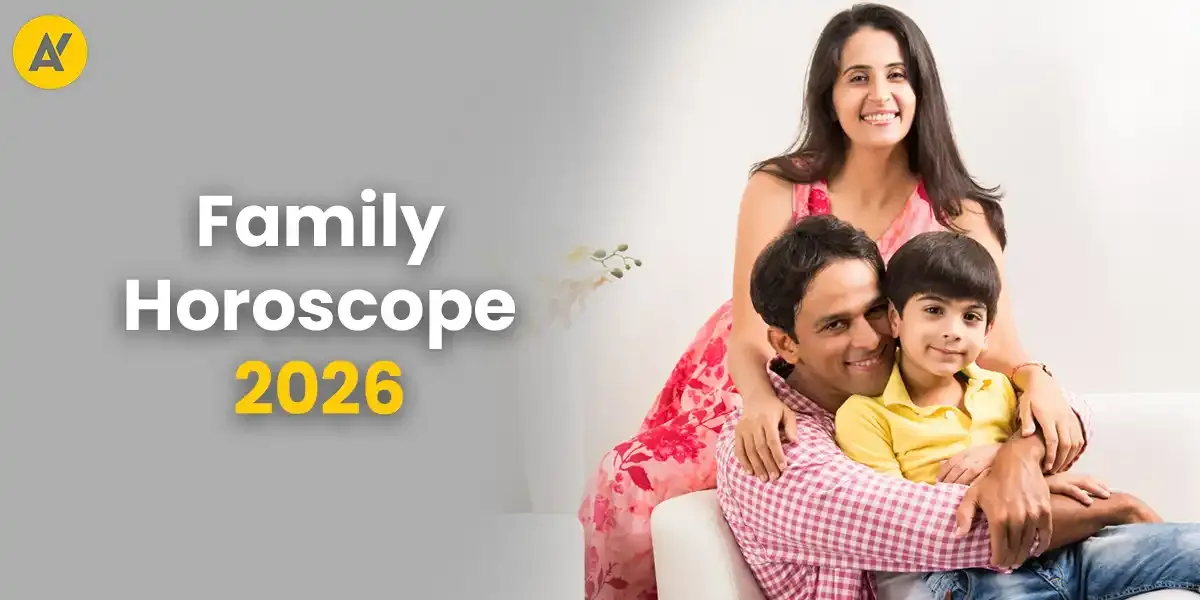Gujarati Wedding
Gujarat is the land of colors, riches, cultures and food. Gujarati people are warm and hospitable and this hospitality is evident in their wedding functions also. The Gujarati weddings reflect the festive nature of the people and their wedding rituals and practices are filled with fun and joy.
Here are some of the important wedding rituals of a Gujarati wedding.
GUJARATI PRE-WEDDING RITUALS AND TRADITIONS
Chandlo Matli : On this foremost Gujarati wedding ritual, the acceptance of the alliance between the two families is announced. The father of the bride and four male members of the family visit the groom's home carrying auspicious items known as shagun, which is given as a token of love and blessing to the would-be groom. The marriage date is fixed on the same day. However, the main highlight of this element of this event is the bride's father drawing a red circle of vermilion known as Chandlo on the groom's forehead.
Gor Dhana : This Gujarati wedding ritual is equivalent to an engagement ceremony. It is one of the first ceremonies between the two families and the to-be-wedded bride and groom. In this brief ritual, the two families bond and get acquainted with each other and eat Gor (Jaggery) and Dhana (coriander seeds); hence the name Gor Dhana. Family members also exchange gifts like dry fruits, sweets, etc., which is then followed by a feast. In some families, the Gor Dhana ceremony is clubbed with the engagement ceremony where the bride and groom exchange rings. And the couple also seeks blessings from five married women each from the bride's and groom's side.
Sanji/Sangeet Sandhya : Sanji or te Sangeet Sandhya is the song and dance ceremony among Gujaratis. The day after the mehendi and on the eve of the wedding day this function Sandhya is organized where both the families get a chance to get to know each on a more casual note amid fun and merriment. Traditional Gujarati wedding songs are sung, and the guests tap their feet to popular garba and dandiya tunes.
Mangal Mahurat : It's basically a pooja to Lord Ganesha held at both the bride and groom's houses. The would-be couple along with their respective families worship and pray to Lord Ganesha - the remover of obstacles and god of new beginnings - seeking his blessings to destroy all obstacles coming their way for a smooth wedding.
Mehendi : The Mehendi event is held a few days before the wedding ceremony, most probably 2 days prior. The bride spends the evening getting henna applied using intricate details and patterns. Other womenfolk of the household also get designs on their hands. There is a custom that the bride has her groom's initials incorporated in the design, which he then must find on the wedding night. Cheesy, isn't it?
Pithi: Pithi is the Gujarati name for the Haldi (turmeric paste) ceremony that is again held a day before the wedding. Yes, a paste of turmeric, sandalwood, rosewater is used by family and friends to put all over the bride and groom's face, hands and feet at their respective houses. It also works as a little fun facial before the wedding. Glowing skin, yes please!
Mameru/Mosaalu: A day before the wedding, the bride's maternal uncle known as Mama visits her and presents her with traditional gifts consisting of the Gujarati style saree - Paanetar, jewelry set, and bridal bangles called chooda along with other gift items such as sweets and dry fruits. Ceremonies like these are done in order to prepare the bride with all the essentials that she will need for her wedding.
Mangal Muhurat: Mangal Muhurat is a puja ceremony held at both the bride and groom's respective houses. The families pray to Lord Ganesha asking for his blessings to make the wedding a smooth affair without any obstacles.
Griha Shanti Pooja: This again is a ceremony held at both houses of the bride and groom. The griha shanti pooja is done to acquire peace and calm in the house usually done under the guidance of a family priest.
GUJARATI WEDDING DAY RITUALS AND TRADITIONS
Varghodo or the groom 's procession: On the evening of the wedding, the groom dressed in all his finery leaves for the wedding venue. It's customary for the bride's sister to perform a ritual on her brother to ward off the evil eye. Once the groom receives blessings from all, he mounts a richly decked mare and leaves for his wedding accompanied by his family, friends, and relatives as well as a group of band members who play instrumental music along the route. Upon reaching the wedding venue, the bride's family greets the groom's side and welcomes the groom with traditional aarti and leads him to the wedding mandap also mandva.
Jaimala: The bride walks to the mandva accompanied by her maternal uncle and stands facing the groom. The bride and groom exchange fresh floral garlands also known as jaimala. This is the first formal meeting of the bride and groom on their wedding day and symbolizes their acceptance of each other as partners.
Kanya Daan: The wedding rituals are solemnized in front of the ceremonial fire by the priest. Kanya daan is the first of the rituals where the father of the bride gives his daughter's hands in the hands of the groom. But before handing over, the bride's father washes his son-in-law's feet who is believed to be the representation of Hindu God Vishnu, to whom they are handing over his rightful consort, the Goddess Lakshmi in the form of their daughter.
Hasta Milap: Immediately after follows the Hasta Milap ritual where the bride's loose end of the saree or dupatta is tied to the end of the groom's shawl. The knot and the joined hands of the couple symbolize the union of two souls in holy matrimony.
Pheras: The pheras or rounds around the fire begins now. Unlike most Hindu weddings, in Gujarati weddings the bride and groom circle around the fire four times rather than seven. The presiding priest chants sacred verses and the couple repeats after him.
Saptapadi and Sindoor: In Saptapadi, the bride is made to touch seven betel nuts placed in a straight line with her right toe. The couple recites the seven sacred vows during this ritual. After that, the groom puts sindoor or vermilion on his bride's forehead at the hair parting and ties a mangalsutra around her neck.
At the end of the ceremony, the newly wedded couple seeks blessings from all their elders by touching their feet.
GUJARATI POST-WEDDING RITUALS AND TRADITIONS
Chero Pakaryo: This is a fun-filled ritual of a Gujarati wedding where the groom catches hold of his mother-in-law's saree as a way of asking for more gifts. Those present at the wedding fill the loose end of her saree with gifts and cash, which then later is given to the groom.
Vidaai: Here, the bride bids goodbye to her family. She also takes handfuls of uncooked rice and throws it back as she walks ahead. The bride's mother is supposed to catch the rice in her pallu (the loose end of her saree). The throwing of the rice represents the bride wishes prosperity for her parents and also as a thank you gesture of repaying back for all that her parents did for her.
Ghar ni Laxmi: The bride's first step into her new home is considered auspicious. She is considered the ghar ni Laxmi or the Goddess Lakshmi will bring wealth and prosperity to the house. The mother-in-law of the bride gives her a warm welcome with aarti and tilak. She then enters the new home by gently knocking a small handi (a type of vessel) full of rice to the ground.
Aeki Beki: This is another fun ritual at the groom's house welcoming the bride to her new home and making her feel comfortable. The newlywed couple plays a game called Aeki Beki where they have to fish out silver coins and rings placed in a vessel full of water, milk and flowers. It is believed that whoever finds the object first, will rule the marriage!
WEDDING ATTIRE OF GUJARATI BRIDE AND GROOM
The saree is the usual bridal attire for Gujarati girls, which may either be in traditional Paanetar or Gharchola styles. The wedding trousseau has to be gifted by the bride's maternal uncle.
A Gujarati saree is draped in a particularly different style. Modern brides are now turning to designer lehengas too. Red is the most preferred color for the occasion.
The bride puts decorated bindis on her forehead. She also wears different jewels to complete her bridal avatar like Gala no har (necklace), kan ni butti, Nathn (nosepin), Bajubandh (armlet) among others.
The Gujarati groom typically wears the traditional dhoti-kurta for his wedding and a formal suite for the reception. While you can also notice modern grooms wearing sherwanis and other Indo-western style kurtas. You will almost always find the groom wearing a matching, embellished turban on his head.

















